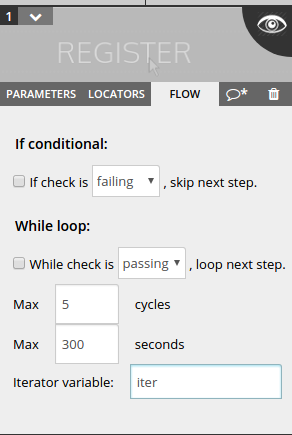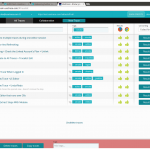The latest Usetrace release makes it easy to perform repetitive actions in traces. For example, if your app has a list of items that you need to delete, but you can’t know how many items there are to delete, a loop solves this for you.
A loop in Usetrace is like a while-loop in programming languages. A loop has an exit condition and a maximum number of cycles to make. In addition, it has a time limit.
Continuing the example, the end condition might check if the list is empty. While the list is non-empty, the loop body performs a delete operation for the topmost list item. The loop exists when the whole list is empty.
The loop is defined in a check step. The check works as the end condition. Additional flow controls are found from the “flow” tab in a check step. The loop body is simply the following step after the check step. The loop body can include any number of steps if you wrap them in a routine.
Loops also got a loop variable. It calculates the cycle number during the loop run. It can be used as text input by following the familiar variable expansion format #{iter} in type text steps.
We’re excited to hear your use cases and feedback for the loop!
If you don’t yet have a Usetrace account, sign up at https://usetrace.com.




